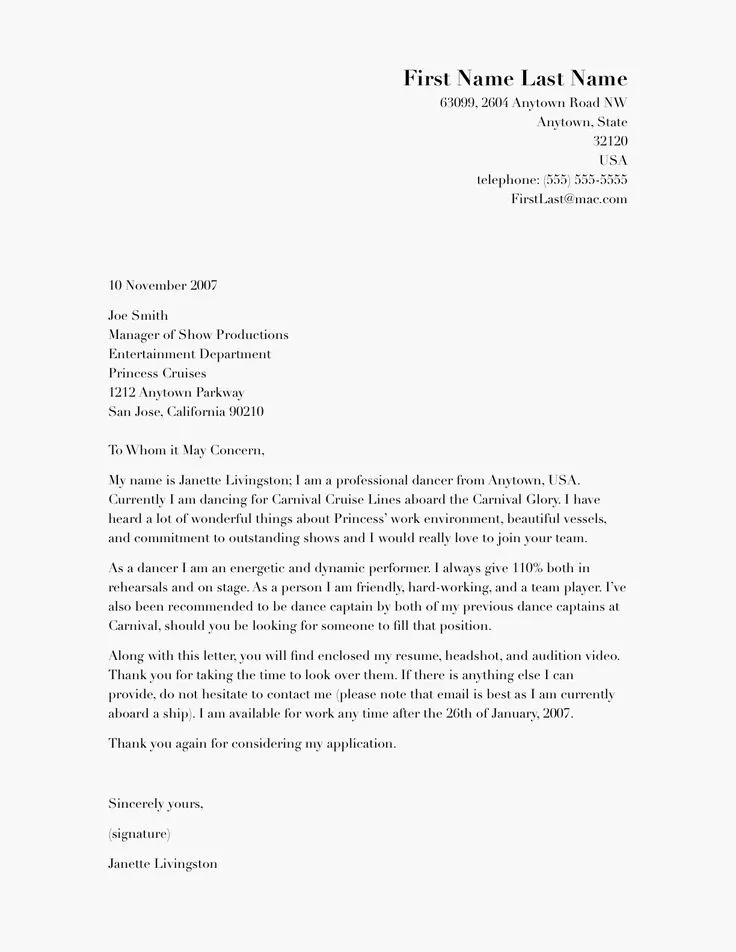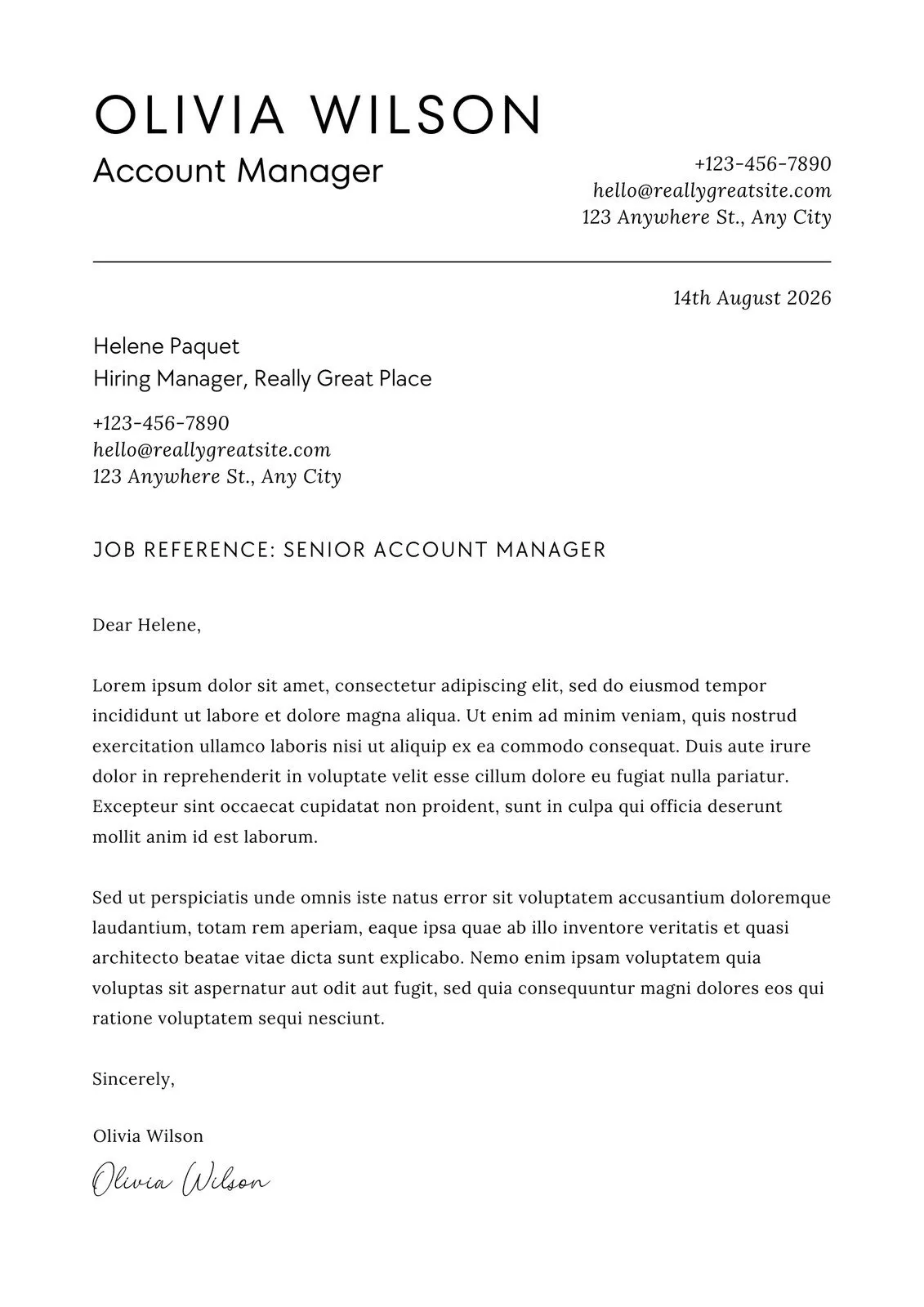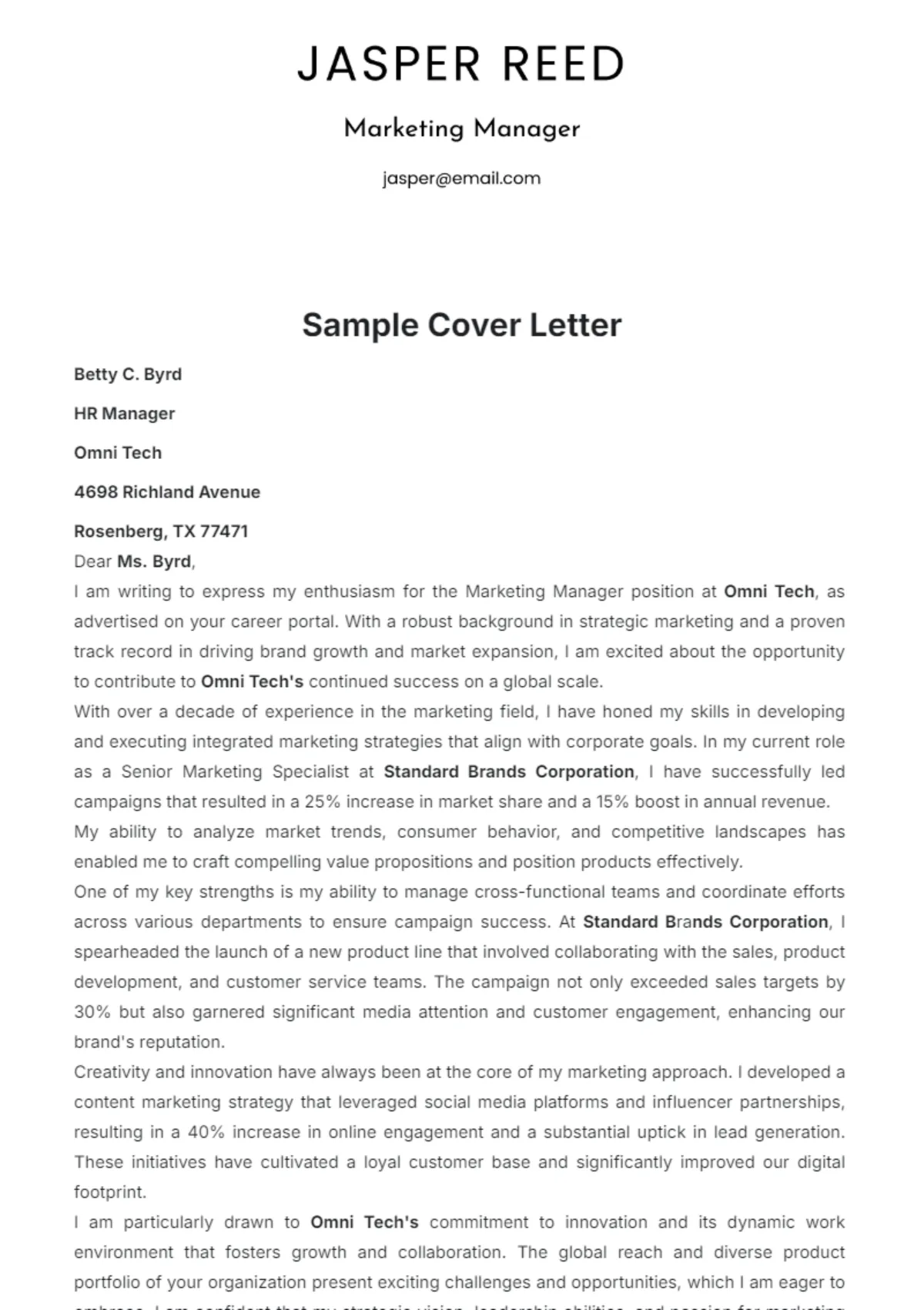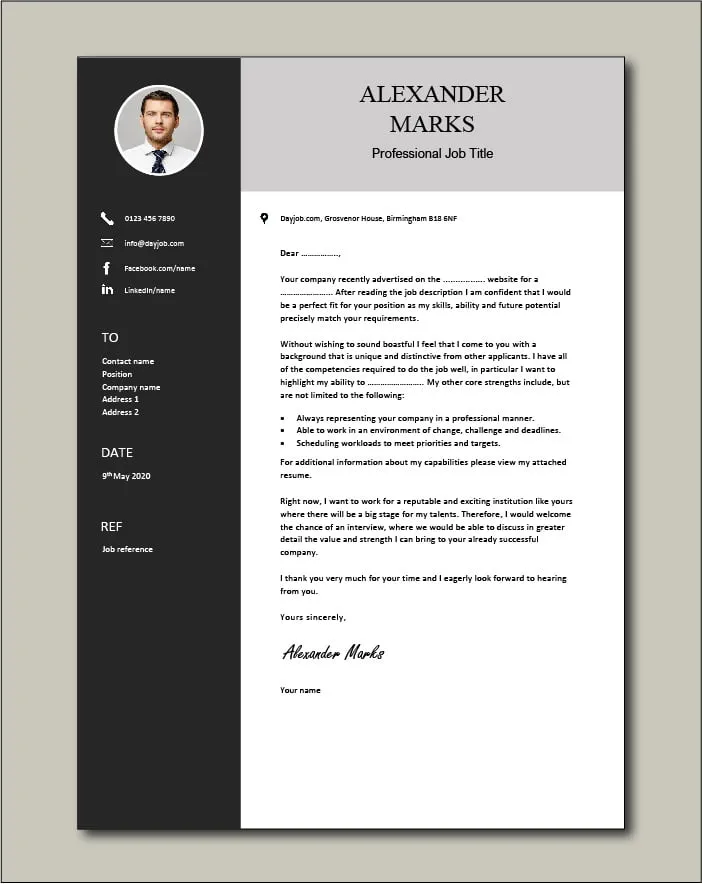Sample Cover Letter Secrets
Crafting a compelling cover letter can significantly increase your chances of landing an interview. A well-written cover letter is more than just a formality it’s your opportunity to showcase your personality, skills, and enthusiasm for the position. This guide unveils five key secrets to help you create a standout cover letter that grabs the attention of hiring managers and sets you apart from the competition. By following these tips and incorporating the insights, you’ll be well on your way to crafting a cover letter that effectively markets your qualifications and secures your dream job. The following sections will delve deeper into each of these secrets, providing actionable advice and examples to guide you through the process. Whether you’re a seasoned professional or a recent graduate, mastering these techniques will empower you to write cover letters that impress and persuade.
Why You Need a Cover Letter
In today’s competitive job market, a cover letter is crucial. It serves as your first introduction to a potential employer, providing context to your resume and allowing you to tell your story. A well-crafted cover letter demonstrates your communication skills, highlights your relevant experience, and expresses your genuine interest in the role and the company. It goes beyond simply listing your qualifications; it showcases your personality and explains why you’re the perfect fit. Many employers use cover letters to assess a candidate’s writing ability, attention to detail, and overall professionalism. By providing a cover letter, you show you’re willing to put in the extra effort, demonstrating your dedication and eagerness to excel. Without one, your application might be overlooked.
Boosting Your Application

A cover letter boosts your application in multiple ways. First, it gives you the space to elaborate on your resume, providing a narrative that connects your experiences and skills to the job requirements. Second, it allows you to personalize your application, showing you’ve researched the company and understand their needs. Third, it lets you address any potential gaps or concerns in your resume, such as career changes or periods of unemployment. Lastly, a cover letter humanizes your application, allowing you to showcase your enthusiasm and personality. By highlighting your strengths, demonstrating your understanding of the role, and expressing your genuine interest, your application stands a greater chance of being noticed. This proactive approach dramatically enhances your likelihood of securing an interview.
Cover Letter Essentials
Formatting is Key
Proper formatting is vital for a professional and readable cover letter. Use a clear, easy-to-read font like Times New Roman, Arial, or Calibri in a standard size (11 or 12 points). Maintain consistent margins (1 inch on all sides) and use single- or 1.15-line spacing for clarity. Break up large blocks of text with paragraphs and bullet points to make it easy for the reader to scan and digest the information. The overall layout should be clean, well-organized, and visually appealing. Ensure that your contact information, the date, and the recipient’s information are properly aligned and formatted. A well-formatted cover letter demonstrates your attention to detail and professionalism, leaving a positive first impression on potential employers.
Contact Information Section

Start with your contact information at the top, including your name, phone number, email address, and optionally, your LinkedIn profile URL. Below this, include the date and then the recipient’s information (hiring manager’s name, title, company name, and address). Make sure all details are accurate and up-to-date. The contact information should be easy to find and readily accessible for the hiring manager. If you are applying for a job online, verify that the information matches the information on your resume. Make it easy for the recruiter to reach you for the next step. Always use a professional-sounding email address.
Salutation Matters
Start with a professional salutation. If you know the hiring manager’s name, use “Dear Mr./Ms./Mx. [Last Name]”. If not, use “Dear Hiring Manager” or “Dear [Company Name] Hiring Team.” Avoid generic greetings like “To Whom It May Concern.” Personalizing your salutation shows that you’ve done your research and are serious about the role. It sets a tone of respect and professionalism from the start. Ensure the name is spelled correctly, as a simple mistake can make a negative impression.
Body Paragraphs
The body paragraphs are where you make your case. Start with a compelling hook that grabs the reader’s attention and states your interest in the position. In the subsequent paragraphs, highlight your relevant skills and experiences, providing specific examples of how you’ve achieved results. Tailor your content to match the job description, emphasizing the qualifications and requirements. Avoid simply restating your resume; instead, elaborate on your accomplishments and explain how your skills align with the company’s needs. Conclude by reiterating your interest and expressing your eagerness to discuss your qualifications further. Keep your paragraphs concise, focused, and engaging.
Highlighting Your Skills

Focus on the skills that are most relevant to the job. Review the job description and identify the key requirements and responsibilities. Then, select the skills from your background that align with these needs. Provide concrete examples of how you have used these skills in the past. Instead of simply listing your skills, explain how you demonstrated them and the positive outcomes you achieved. This could include communication skills, leadership abilities, technical expertise, or problem-solving capabilities. Use the STAR method (Situation, Task, Action, Result) to structure your examples. Demonstrate your expertise by providing quantifiable achievements and measurable results.
Quantifiable Achievements
Quantifiable achievements are key to demonstrating your value to a potential employer. Whenever possible, include specific numbers and metrics to illustrate your accomplishments. Instead of saying “Improved sales,” state “Increased sales by 15% in one quarter.” Instead of “Managed a team,” say “Managed a team of 10 employees, resulting in a 10% increase in productivity.” These specific examples provide concrete evidence of your skills and abilities, making your cover letter more impactful and persuasive. Use metrics and data to showcase your contributions and make your claims more credible. Quantifying your achievements demonstrates your ability to drive results and your understanding of the business implications.
Call to Action & Closing
End with a strong call to action that invites the hiring manager to contact you. Reiterate your interest in the position and express your enthusiasm for the opportunity. Provide your contact information again and state your availability for an interview. Use a professional closing such as “Sincerely,” “Best regards,” or “Respectfully.” Then, include your full name. Thank the hiring manager for their time and consideration. Proofread your entire cover letter before submitting it to ensure there are no errors or typos.
Cover Letter Don’ts

Avoid Generic Content
Avoid using generic, cookie-cutter cover letters. Tailor each cover letter to the specific job and company. Generic cover letters lack personality and fail to demonstrate your genuine interest. Replace generic phrases with specific examples and accomplishments. Show the hiring manager you’ve done your research and understand the company’s needs. Tailoring your cover letter makes you more likely to stand out from the crowd. The hiring managers are looking for a real person.
Proofread Carefully
Proofreading is crucial to ensure your cover letter is free of errors. Typos and grammatical mistakes can create a negative impression and damage your credibility. Read your cover letter multiple times, and consider having someone else review it as well. Check for spelling, grammar, punctuation, and formatting errors. A polished, error-free cover letter demonstrates your attention to detail and professionalism. Use grammar-checking software and proofreading tools to catch any mistakes you may have missed.
Keep it Concise

Keep your cover letter concise and focused, typically one page. Avoid excessive length, as hiring managers may not have time to read a long document. Get straight to the point and highlight your key qualifications and experiences. Use clear, concise language and avoid jargon or overly complex sentences. Stick to the most important information and make sure every sentence serves a purpose. Respect the reader’s time by presenting the relevant information succinctly and efficiently.
Online Resources
Cover Letter Examples
There are many excellent online resources for cover letter examples. Many websites and career platforms offer a wide range of samples. Use them as a starting point to create your own tailored cover letter. Look for examples that align with your industry, job title, and level of experience. Review different formats and styles to see what works best for your needs. These examples are useful to help you understand how to highlight your skills and experiences. Study various successful cover letters.
Templates and Generators
Online cover letter templates and generators can be useful tools. They help you structure your content and ensure that you include all the essential components of a cover letter. These tools often provide pre-written phrases and suggestions, which can save time and make the writing process easier. Keep in mind that, while templates are useful, you should always personalize your cover letter to match the specific job and your individual qualifications. Tailor the template content to reflect your unique skills, experiences, and enthusiasm for the role.
